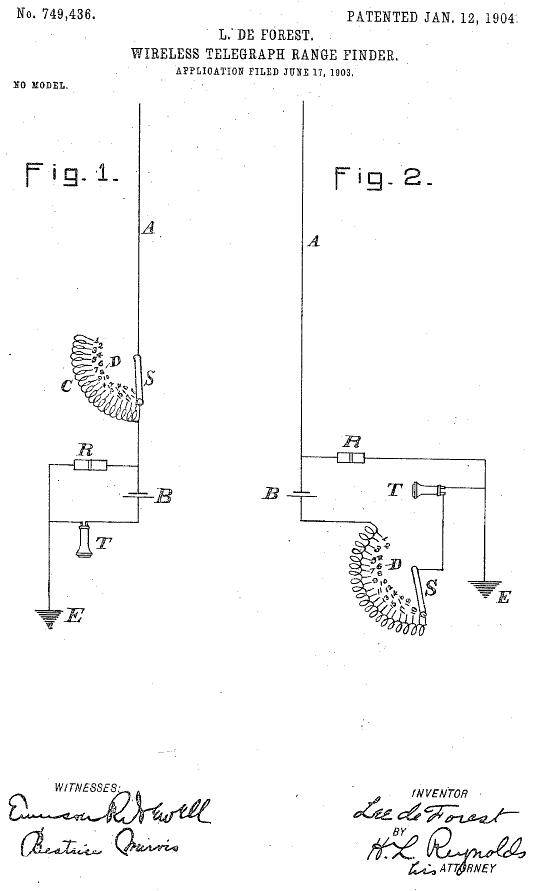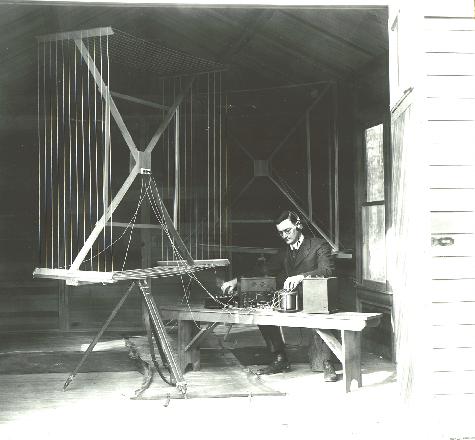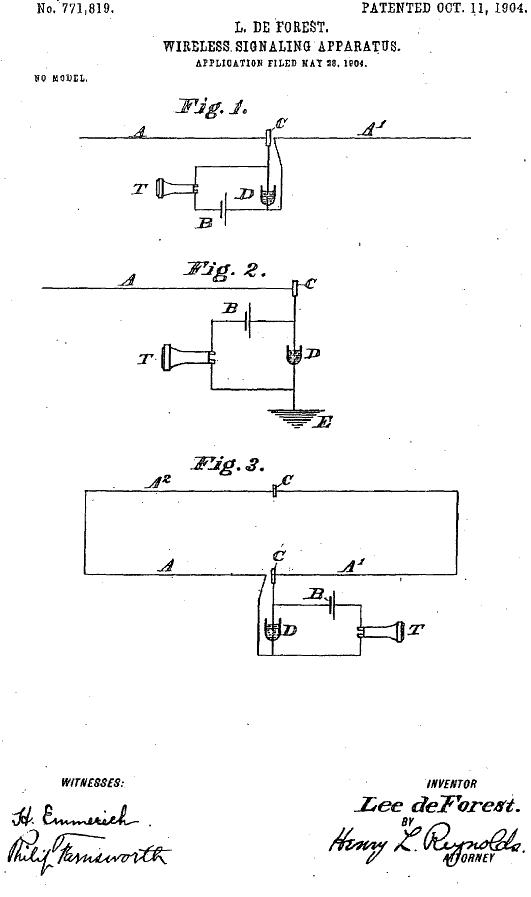
High Frequency Direction Finding (HF/DF or “Huff-Duff”) played a critical role in the Second World War. Shore based DF determined the location of German U-boat packs enabling convoys to be routed around them. Ship and airborne DF in conjunction with centimetric radar enabled effective antisubmarine warfare. [1, 2] One of the leading pioneers in the British radar effort, Robert Watson-Watt (1892-1973), earlier devised an instantaneous reading goniometer that enable precise DF measurements, even on the short duration or burst signals employed by U-boats. [3]
The Japanese homed in on the signals of AM broadcast station KGMB on December 7, 1941 to help guide them to Pearl Harbor [4]. KGMB would not normally have been broadcasting in the early morning hours of Sunday December 7. Ironically, the station was broadcasting under a special contract to the Army Air Corp to help provide DF guidance to a flight of B-17 bombers due in from the mainland that same morning.
Fearing fleets of Soviet bombers might do the same, the US implemented “Control of Electromagnetic Radiation” (CONELRAD) in 1951. Under CONELRAD, in an emergency most AM stations would shut down. A few stations would broadcast civil defense information on 640KHz or 1240kHz in round-robin patterns intended to confuse enemy DF. In addition, amateur radio operators were required to monitor a broadcast station at least once every ten minutes and stop transmitting if broadcast stations were not on the air. CONELRAD was abandoned in 1963 when it became evident that ballistic missiles, not bombers, were the real threat.
[1] Robert Buderi, The Invention that Changed the World, (New York: Touchstone, 1996), pp. 165-169.
[3] Robert A. Watson-Watt and J.F. Herd: “An Instantaneous Direct Reading Goniometer,” J. IEE (London), vol. 64, p. 11, 1926; also Wireless World vol. 18 p. 366, 1926.
[4] Len Deighton, Blood, Tears, and Folly, (New York: Castle Books, 1993), p. 555.




2 thoughts on “RTLS: High Frequency Direction Finding (HF/DF) in WWII and Beyond”